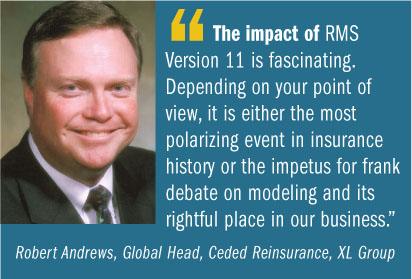Contrary to the expectations of many primary carriers, reinsurers have not drastically raised property-catastrophe rates this year— despite unprecedented disaster-related losses worldwide, and near-record losses domestically, in 2011.
 And rates for property-per-risk and casualty treaties are “still pretty flat,” says David Flandro, head of global business intelligence at Guy Carpenter & Co., a major reinsurance intermediary.
And rates for property-per-risk and casualty treaties are “still pretty flat,” says David Flandro, head of global business intelligence at Guy Carpenter & Co., a major reinsurance intermediary.
At its Jan. 1 renewal, Philadelphia Insurance Cos. faced a low-single-digit-percentage rate hike for its catastrophe-property reinsurance, according to Cole Henry, senior vice president of corporate underwriting.
Recommended For You
Want to continue reading?
Become a Free PropertyCasualty360 Digital Reader
Your access to unlimited PropertyCasualty360 content isn’t changing.
Once you are an ALM digital member, you’ll receive:
- Breaking insurance news and analysis, on-site and via our newsletters and custom alerts
- Weekly Insurance Speak podcast featuring exclusive interviews with industry leaders
- Educational webcasts, white papers, and ebooks from industry thought leaders
- Critical converage of the employee benefits and financial advisory markets on our other ALM sites, BenefitsPRO and ThinkAdvisor
Already have an account? Sign In Now
© 2025 ALM Global, LLC, All Rights Reserved. Request academic re-use from www.copyright.com. All other uses, submit a request to [email protected]. For more information visit Asset & Logo Licensing.








